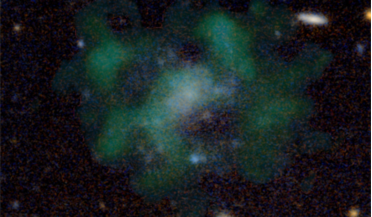 06 December 2021
Astronomers find a galaxy with no dark matter
06 December 2021
Astronomers find a galaxy with no dark matter
... a thousand times fewer stars. Because of this characteristic AGC 114905 is classified as an ultra-diffuse dwarf galaxy, with the name “dwarf galaxy” referring to its luminosity and not to its size. When visualised on a graph showing the distance...
 24 May 2016
Astronomers find ultra diffuse galaxy heavy in dark matter
24 May 2016
Astronomers find ultra diffuse galaxy heavy in dark matter
... matter content. "Globular clusters, made up of hundreds of thousands of stars, orbit within the gravitational field of the ultradiffuse galaxy," adds Aaron Romanowsky of San José State University (USA) one of the authors of the article. "The heavier...
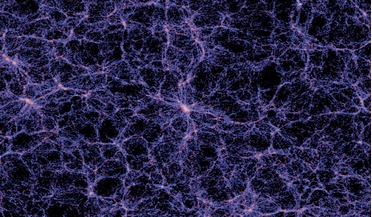 07 November 2016
Astronomers detect a trio of unusual dwarf galaxies in the voids of the cosmic web
07 November 2016
Astronomers detect a trio of unusual dwarf galaxies in the voids of the cosmic web
...along these threads and at the intersections of these filaments galaxies merge to become clusters, and then super clusters through...a scaled down version of a nearby interacting group of galaxies known as M81. Despite being roughly five times larger ...
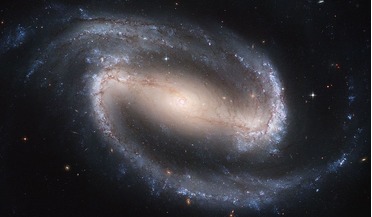 17 February 2017
Researchers suggest a new natural law can explain the rotation of galaxies
17 February 2017
Researchers suggest a new natural law can explain the rotation of galaxies
...'s discovery that the tight correlation in the observed acceleration and gravitational acceleration existed in spiral and irregular galaxies, a team led by Case Western Reserve University, have extended their original data of 153 spiral and irregular...
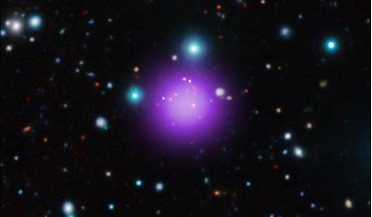 31 August 2016
Record-breaking galaxy cluster discovered
31 August 2016
Record-breaking galaxy cluster discovered
...amazing growth spurt unlike any we've ever seen.” Galaxy clusters are the largest known gravitationally bound structures ...going to learn a lot about the formation of clusters and the galaxies they contain by studying this object, and we’re going to be...
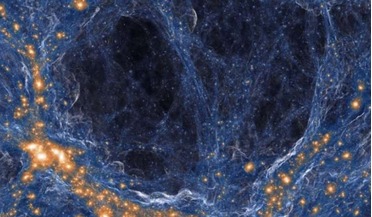 15 August 2018
Space is dark and not as full of galaxies as we thought, new study shows
15 August 2018
Space is dark and not as full of galaxies as we thought, new study shows
... discovered that the region in question had far fewer galaxies than they expected – proving that starlight was unable ...made more transparent by ultraviolet light from nearby galaxies, fewer galaxies would make a specific area darker. The researchers...